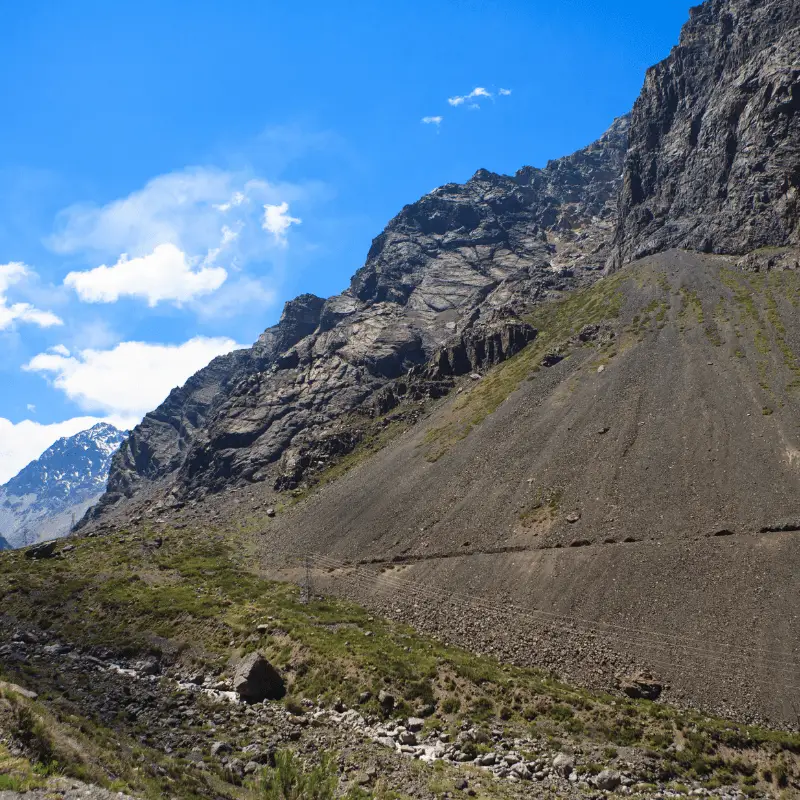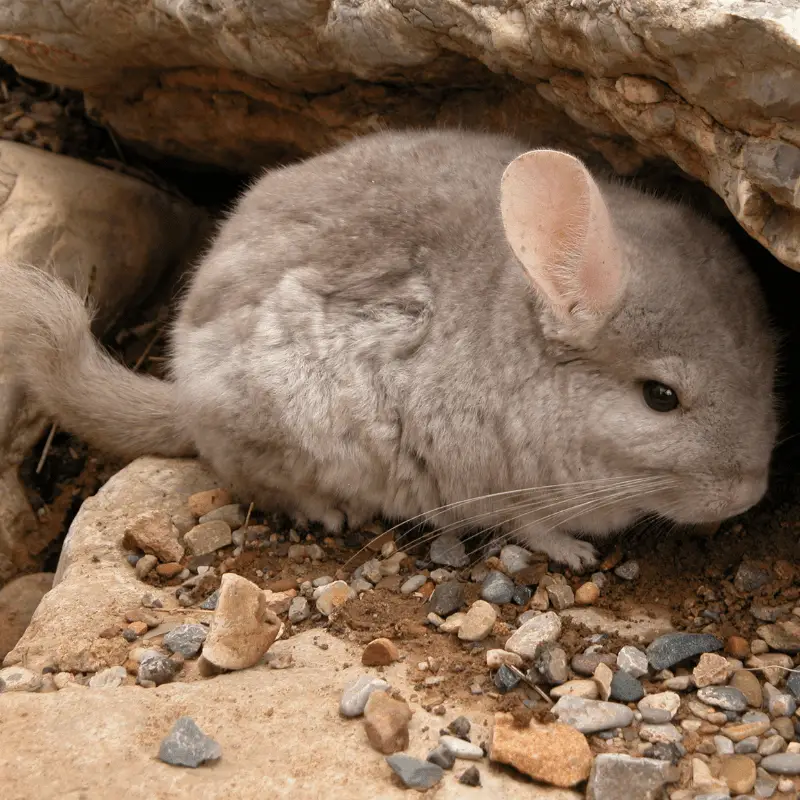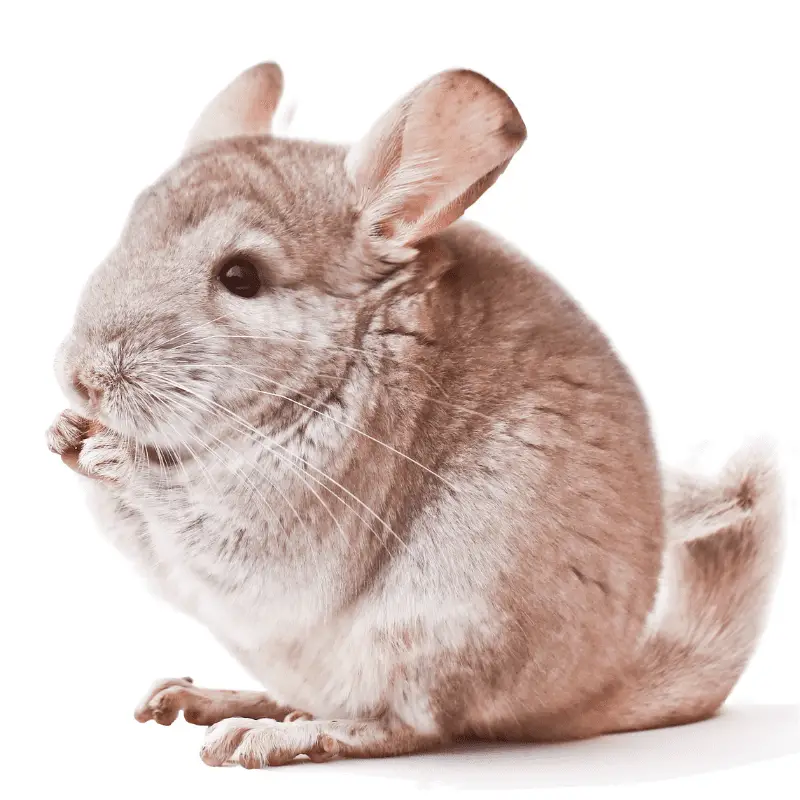In the summertime, everyone likes to enjoy the sunshine; however, it’s not always necessarily true for our pets. We, humans, need vitamin D, which we mainly get from the sun razes, and as long as we cover up with suncream to protect our skin. We can safely enjoy some much needed warm weather. If your a chinchilla owner or thinking of welcoming a chinchilla into your home, it’s essential to do your research first. Each weather condition will affect a chinchilla in different ways. So let’s delve in and find out if chinchillas can go outside.
A chinchilla can happily enjoy the outdoors; however, certain weather conditions will harm your chinchilla. Chinchillas are sensitive to direct sunlight, rain and snow. A chinchilla can enjoy good quality fresh air on a dry day and of mild temperatures of between 50°F to 70°F or 10°C to 21°C. It would be best to have them on a chinchilla lead when outside, as they are quick movers.
We know now that chinchillas are sensitive to certain weather conditions. Let’s get to know about their native home weather, which will indicate why they are so sensitive and how their bodies have adapted firmly to their native home.
Chinchillas native home weather conditions
The native home of a chinchilla is western South America, and the temperature there is generally between 50°F to 70°F or 10°C to 21°C; it’s cool and dry. You will find the wild Chinchillas on the rocky slopes of the Andes Mountains.
The Andes Mountains

The Andes Mountains stretch nearly the whole of the west side of South America. The weather can vary in many places, high or low, rain or snow. However, Chinchillas keep central in the mountains as there is less to no rain there, and they make a home around nine to fifteen thousand feet up the mountain, as this is the ideal temperature for a Chinchilla. Any higher and they will be too cold, any lower and they will be too hot as you can see when it comes to weather conditions Chincallias like it to be just right. Just like goldy locks and the three bears. Not too hot, not too cold, and definitely no rain or snow. However, if rain were ever to fall, a wild Chinchilla will know exactly where to hide. There is plenty of rock cover; they will have a whole network of tunnels.
Sunshine
A chinchilla can overheat if taken outside in the sunshine. If the weather is over 70°F/ 21°C, do not take your chinchilla outside as this is the most comfortable temperature for them. Chinchillas can overheat and die at 80°F/ 26°C. They can also become extremely dehydrated from the heat. Chinchillas do not tolerate heat or humidity well and become extremely stressed.
It will be best to check the weather before taking your chinchilla outside for some fresh air.
Dehydration symptoms in a chinchilla
- Increased thirst
- Lethargic
- Diarrhoea
- Dark urine
- Skin tenting
If you believe your chinchilla is dehydrated, you must contact a veterinary professional so that they can advise you on the best possible care for your chinchilla.
The ideal temperature outside for a chinchilla
- 50°F to 70°F or 10°C to 21°C

Rain and snow warning
A chinchilla must never get wet, so never take your chinchilla outside when its raining or snowing as this will cause their fur to get wet, which can be fatal and lead to hyperemia or fur fungus.
Cold Temperatures
Just like their native home, chinchillas like the weather to be just right. Chinchillas can manage colder temperatures more so than the heat. However, to keep your chinchilla happy, you should only take them outside at the desired temperatures of 50°F to 70°F or 10°C to 21°C
What happens if a chinchilla gets wet?
If a chinchilla gets wet, there is a high possibility that a chinchilla will die of hypothermia. If their fur gets wet and stays damps for an extended period of time, a chinchilla can get fur fungus. A wet chinchilla can also get respiratory infections. However, a few small splashes of water won’t harm them to much. But you should avoid getting your chinchilla wet at all costs. This is why chinchillas never bathe using water. A chinchilla will bathe in a dust bath as they would do in their native land but instead of using volcanic ash, they use premade dust.
Fur fungus
Chinchillas can get fur fungus(Ringworm) if they get wet. Their fur is very dense and will take them a very long time to dry, thus leading to fungus and bacterial infections.
How long can a chinchilla go outside?
On a mild day at the perfect temperature of 50°F to 70°F or 10°C to 21°C, Chinchilla should be allowed fifteen minutes each time.
Times/Weather conditions
- Snow – Zero minutes
- Rain – Zero minutes
- Mild temperature of 50°F to 70°F or 10°C to 21°C – Fifteen minutes
- Direct sunlight – Zero minutes
- Cold temperature below 50°F, 10°C – Zero minutes
Conclusion
Do not take your chinchilla outside in the rain, snow or hot weather or if they are poorly. A wet chinchilla can cause hyperthermia or can encourage fur fungus to grow. Too hot, and your chinchilla can overheat, leading to stress and dehydration. Since we know that their native home is of the perfect temperature of 50°F to 70°F or 10°C to 21°C, we should always stick to the same temperatures for our domestic chinchillas. By doing so, you will have a happy, healthy and comfortable chinchilla
Happy Chinchilla Parenting!

